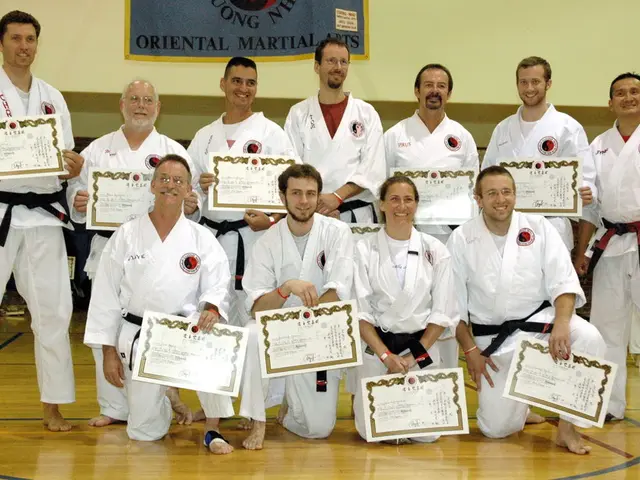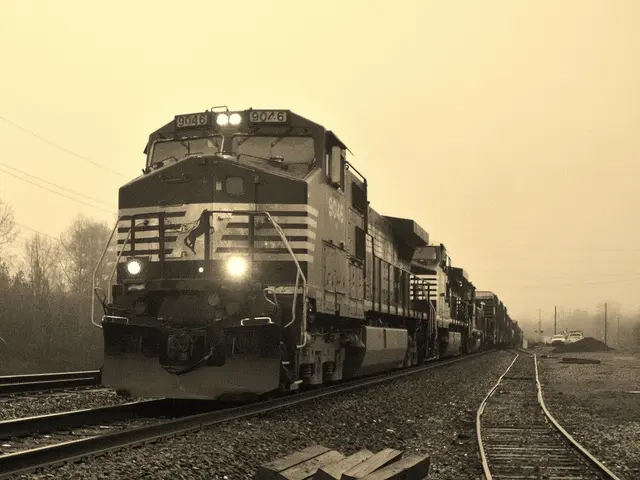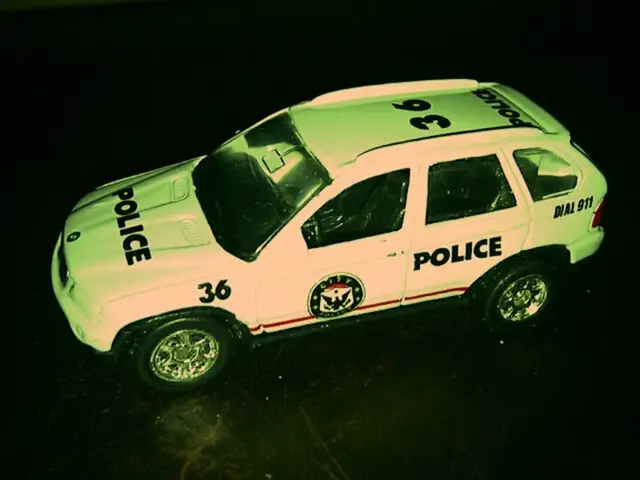Exploring the Role of Aeroplane Rudder: Meaning and Operations
Let's Talk About Planes' Rudders - A Crucial Flight Essential
You ever wondered how planes make turns or beat those crosswinds? That's where the rudder comes into play, bro! The rudder is a vital part of an aircraft's flight control system, located on the tail fin, and, let me tell you, it's far from just a decoration.
Yawing for Direction Change
You know how pitch is about moving up and down, and roll is about rotating left and right? Well, yaw is all about changing direction sideways. That's right; it allows the plane to point in a new direction while maintaining a level flight. And guess what controls yaw motion? You guessed it, the rudder!
How the Rudder Works Its Magic
Pilots control the rudder with foot pedals in the cockpit. When you press the right pedal, the rudder deflects to the right, pushing the tail to the left, causing the nose to turn right. Go ahead, try saying that ten times fast. Conversely, when you press the left pedal, the rudder moves left, turning the plane's nose to the left.
This movement is crucial for takeoff, landing, and in-flight corrections. Take turns, for example. When a plane turns, the rudder collaborates with the ailerons (which control roll) to ensure a smooth, coordinated turn without slipping or skidding.
Speed and Rudder Power
You know how a skateboard becomes harder to control when you're moving slow? Yep, it's kind of like that with the rudder. At higher speeds, more air flows over the rudder, boosting its control power. This is why small inputs can have a significant impact on direction at cruising speeds, but larger inputs are often necessary at lower speeds, such as during takeoff and landing.
Maintenance Matters
I'm telling ya, maintenance is key, and it's no different for the rudder. Regular inspections of the rudders' hinges, cables, and control surfaces are essential to ensure everything's working correctly. Compromised rudder integrity can lead to valuable safety resources being gone with the wind.
So, next time you're sitting on a plane and you've got a spare moment, give a thought to that rudder on the tail. It's working tirelessly to keep that hunk of metal in the air, and proper care will help make sure it continues to do its job for years to come.
Sources:
- "Aircraft Design: A Systems Engineering Approach" by Mohammad Sadraey
- "Introduction to Aircraft Design" by John P. Fielding
- "Aircraft Maintenance and Repair" by Michael Kroes and William Watkins
- Federal Aviation Administration (FAA) regulations and guidelines.
The rudder, a crucial flight essential located on the tail fin, not only allows planes to turn but also provides the ability to resist crosswinds. To change the direction sideways, known as yaw, pilots control the rudder using foot pedals in the cockpit. A scan of aviation's history reveals numerous incidents where aircraft design, maintenance, or industry financing issues have affected flight safety. In the aerospace sector, technology advancements have enabled the rudder's power to increase with speed, enabling smaller inputs at cruising speeds and larger ones during takeoff and landing. Regular maintenance, as emphasized by leading industry professionals and the Federal Aviation Administration (FAA), is indispensable to ensuring rudder functionality and overall aircraft safety.








